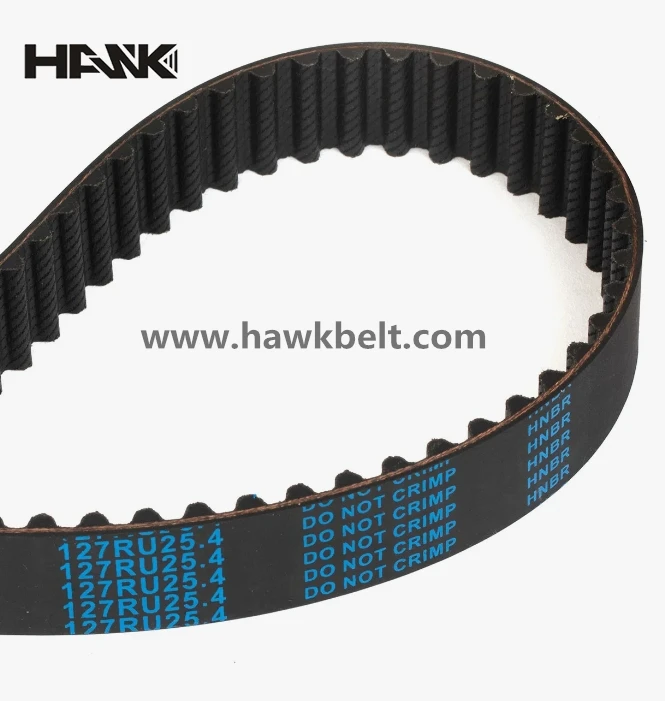- Arabic
- French
- Russian
- Spanish
- Portuguese
- Turkish
- Armenian
- English
- Albanian
- Amharic
- Azerbaijani
- Basque
- Belarusian
- Bengali
- Bosnian
- Bulgarian
- Catalan
- Cebuano
- Corsican
- Croatian
- Czech
- Danish
- Dutch
- Afrikaans
- Esperanto
- Estonian
- Finnish
- Frisian
- Galician
- Georgian
- German
- Greek
- Gujarati
- Haitian Creole
- hausa
- hawaiian
- Hebrew
- Hindi
- Miao
- Hungarian
- Icelandic
- igbo
- Indonesian
- irish
- Italian
- Japanese
- Javanese
- Kannada
- kazakh
- Khmer
- Rwandese
- Korean
- Kurdish
- Kyrgyz
- Lao
- Latin
- Latvian
- Lithuanian
- Luxembourgish
- Macedonian
- Malgashi
- Malay
- Malayalam
- Maltese
- Maori
- Marathi
- Mongolian
- Myanmar
- Nepali
- Norwegian
- Norwegian
- Occitan
- Pashto
- Persian
- Polish
- Punjabi
- Romanian
- Samoan
- Scottish Gaelic
- Serbian
- Sesotho
- Shona
- Sindhi
- Sinhala
- Slovak
- Slovenian
- Somali
- Sundanese
- Swahili
- Swedish
- Tagalog
- Tajik
- Tamil
- Tatar
- Telugu
- Thai
- Turkmen
- Ukrainian
- Urdu
- Uighur
- Uzbek
- Vietnamese
- Welsh
- Bantu
- Yiddish
- Yoruba
- Zulu
Oktoba . 18, 2024 16:27 Back to list
Exploring the Versatility and Applications of Industrial Belts in Modern Manufacturing
The Importance of Industrial Belts in Modern Manufacturing
Industrial belts play a crucial role in the manufacturing sector, serving as indispensable components in the machinery that drives production processes. These belts are essential for transmitting power and motion between various machine parts, thus facilitating smooth and efficient operations. This article will explore the different types of industrial belts, their applications, and their relevance in today's manufacturing landscape.
There are several types of industrial belts, each designed for specific functions. The most common types include flat belts, V-belts, timing belts, and conveyor belts. Flat belts have a straightforward design, allowing them to transmit power over long distances with minimal slippage. V-belts, characterized by their trapezoidal cross-section, are designed for higher loads and improve grip by wedging into the pulley grooves. Timing belts, with their precise tooth design, ensure exact synchronization between the drive and driven components. Moreover, conveyor belts are integral to many production lines, enabling the movement of goods and materials efficiently across various stages of manufacturing.
The application of industrial belts is extensive and varied. In the automotive industry, for instance, belts like timing belts are critical for synchronizing the engine's crankshaft and camshaft. This synchronization is vital for optimal engine performance. In manufacturing plants, conveyor belts are used to move products from one assembly station to another, reducing manual handling time and improving overall efficiency. Additionally, in the agricultural sector, belts are used in tractors and harvesters, making the harvesting process more effective and less labor-intensive.
industrial belts

One of the key advantages of industrial belts is their ability to increase productivity. By providing reliable transmission of power, they reduce downtime caused by mechanical failures. Regular maintenance and timely replacement of worn belts are essential practices that ensure machines operate at peak performance. The advancements in materials and engineering have also led to the development of belts that can withstand extreme temperatures, resist wear and tear, and provide quiet operation, further enhancing their appeal in modern applications.
Moreover, the sustainability of industrial belts has garnered attention in recent years. With growing environmental concerns, manufacturers are increasingly seeking out belts made from eco-friendly materials. Innovations such as biodegradable belts and belts made from recycled materials are becoming more common, contributing to a circular economy in manufacturing.
As technology continues to evolve, the future of industrial belts looks promising. Automation and smart manufacturing are reshaping how production lines operate, leading to an increased demand for high-performance belts that can seamlessly integrate with advanced machinery. Additionally, the rise of Industry 4.0 encourages the use of intelligent sensors that monitor belt performance in real-time, allowing for proactive maintenance and reducing the risk of unforeseen breakdowns.
In conclusion, industrial belts are a pivotal element in the manufacturing process, ensuring the reliable transmission of power and facilitating the movement of goods. Their diverse applications across various industries highlight their importance in enhancing efficiency and productivity. As manufacturers continue to embrace technological advancements and focus on sustainability, the evolution of industrial belts will play a vital role in the future of manufacturing, ensuring that they remain integral to the industry for years to come.
-
Korean Auto Parts Timing Belt 24312-37500 For Hyundai/Kia
NewsMar.07,2025
-
7PK2300 90916-T2024 RIBBED BELT POLY V BELT PK BELT
NewsMar.07,2025
-
Chinese Auto Belt Factory 310-2M-22 For BMW/Mercedes-Benz
NewsMar.07,2025
-
Chinese Auto Belt Factory 310-2M-22 For BMW/Mercedes-Benz
NewsMar.07,2025
-
90916-02660 PK Belt 6PK1680 For Toyota
NewsMar.07,2025
-
drive belt serpentine belt
NewsMar.07,2025

